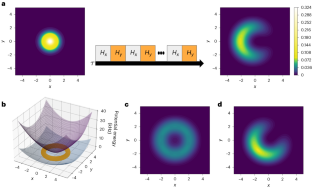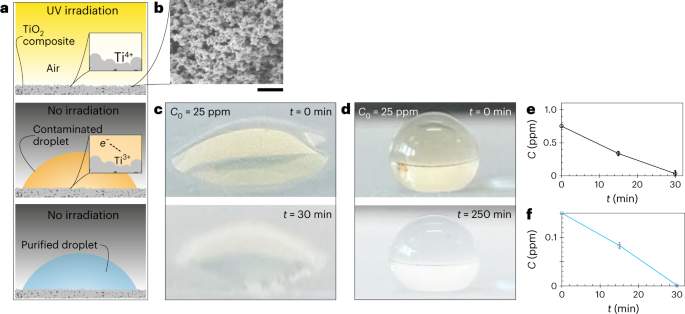2028-08-28 デューク大学(Duke)
◆この手法は、光合成や視覚、光触媒などに重要な化学プロセスに関連する基本的な質問に取り組むもので、量子コンピューティングの進展が基礎科学の解明に活用されています。研究結果は「Nature Chemistry」誌に掲載され、原子レベルの小さなスケールと短時間の特性からくる測定の難しさを克服して、量子効果を実証しました。共有錐は、分子のエネルギー状態の変化に影響を及ぼす現象であり、この研究は量子コンピュータを活用して複雑な量子システムの内部メカニズムを明らかにする良い例となっています。
<関連情報>
- https://pratt.duke.edu/about/news/quantum-conical-intersection
- https://www.nature.com/articles/s41557-023-01303-0
トラップされたイオンを用いた円錐交差の量子シミュレーション Quantum simulation of conical intersections using trapped ions
Jacob Whitlow,Zhubing Jia,Ye Wang,Chao Fang,Jungsang Kim & Kenneth R. Brown
Nature Chemistry Published:28 August 2023
DOI:https://doi.org/10.1038/s41557-023-01303-0

Abstract
Conical intersections often control the reaction products of photochemical processes and occur when two electronic potential energy surfaces intersect. Theory predicts that the conical intersection will result in a geometric phase for a wavepacket on the ground potential energy surface, and although conical intersections have been observed experimentally, the geometric phase has not been directly observed in a molecular system. Here we use a trapped atomic ion system to perform a quantum simulation of a conical intersection. The ion’s internal state serves as the electronic state, and the motion of the atomic nuclei is encoded into the motion of the ions. The simulated electronic potential is constructed by applying state-dependent optical forces to the ion. We experimentally observe a clear manifestation of the geometric phase using adiabatic state preparation followed by motional state measurement. Our experiment shows the advantage of combining spin and motion degrees for quantum simulation of chemical reactions.


